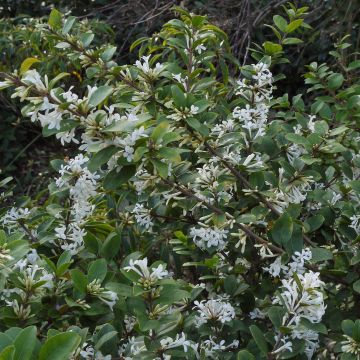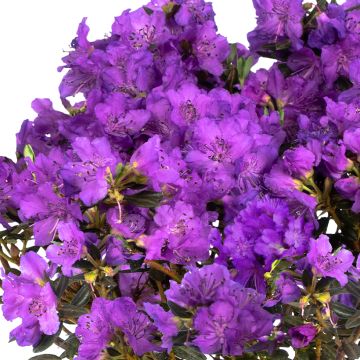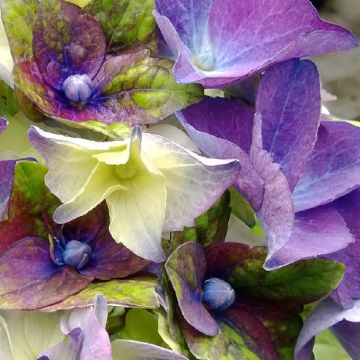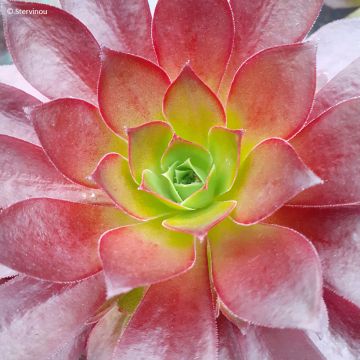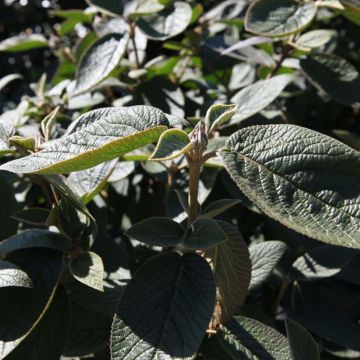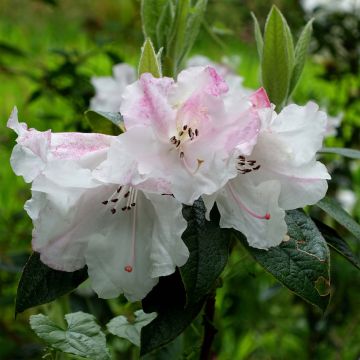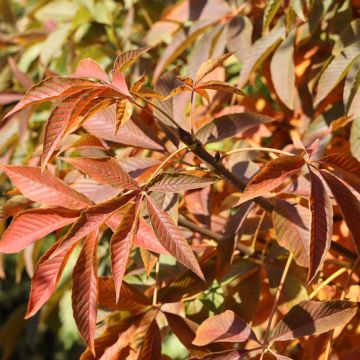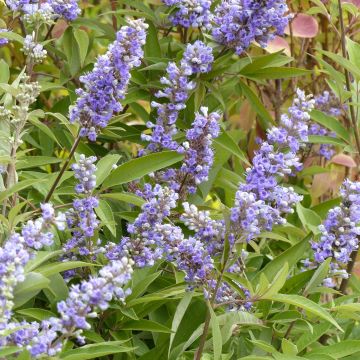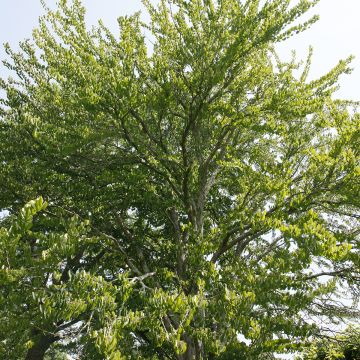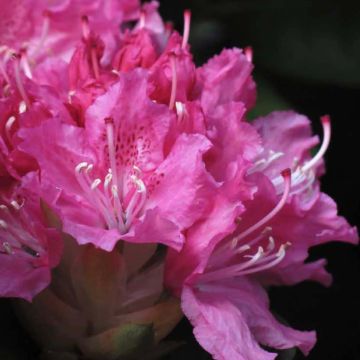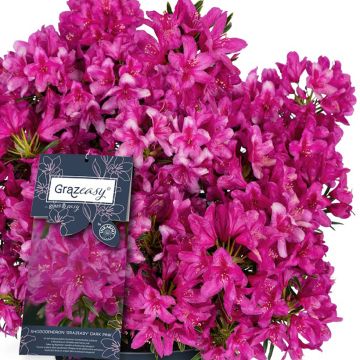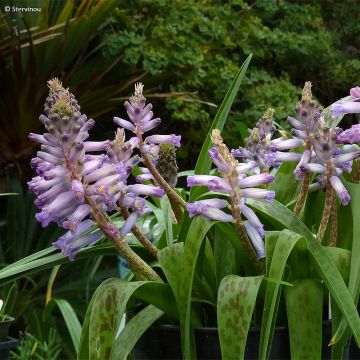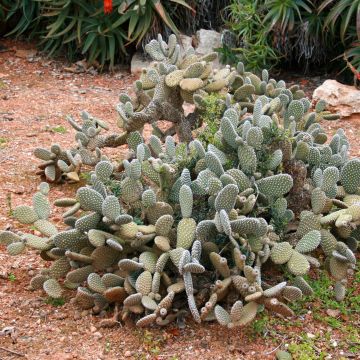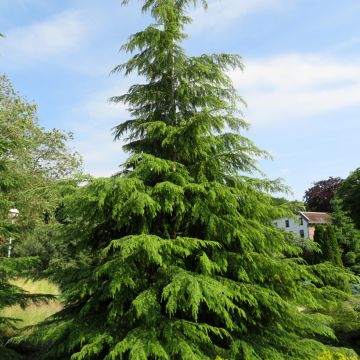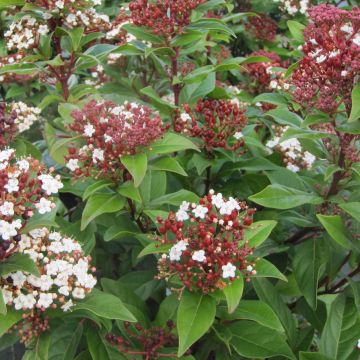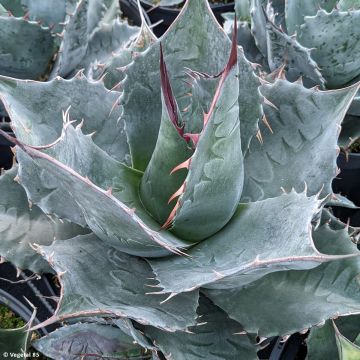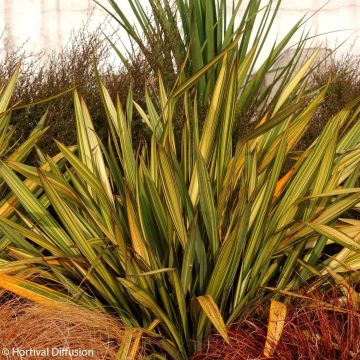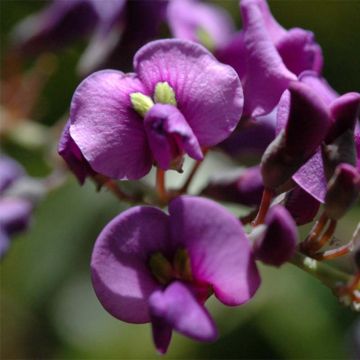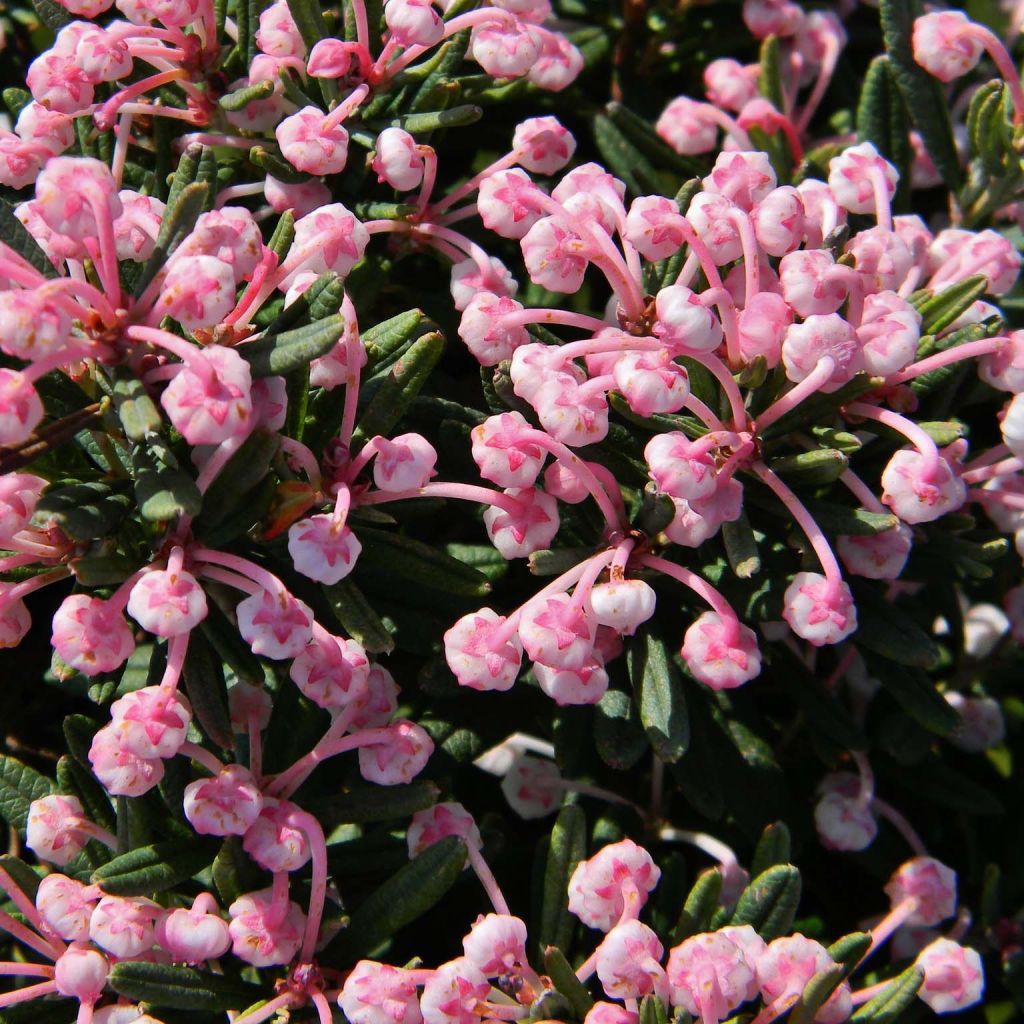

Andromeda polifolia Blue Lagoon
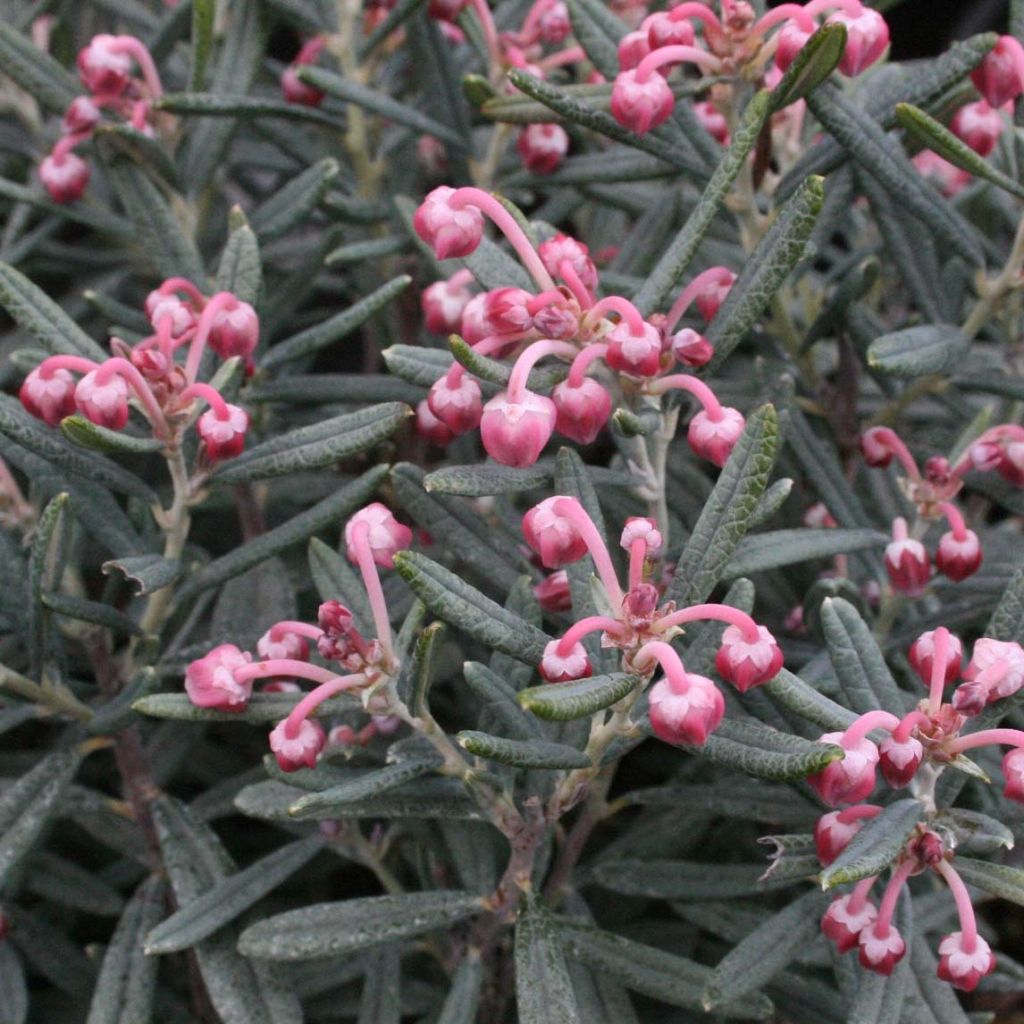

Andromeda polifolia Blue Lagoon
Andromeda polifolia Blue Lagoon
Andromeda polifolia Blue Lagoon
Bog Rosemary, Marsh Andromeda, Marsh Holy Rose
Small clump delivered in bud, planted immediately and blooming. However, some branches were broken upon arrival.
marjo, 01/04/2024
This item cannot be shipped to the selected country
Delivery charge from €5.90
More information
Schedule delivery date,
and select date in basket
This plant carries a 24 months recovery warranty
More information
We guarantee the quality of our plants for a full growing cycle, and will replace at our expense any plant that fails to recover under normal climatic and planting conditions.
From €5.90 for pickup delivery and €6.90 for home delivery
Express home delivery from €8.90.

Does this plant fit my garden?
Set up your Plantfit profile →
Description
Andromeda polifolia 'Blue Lagoon' is a variety of bog rosemary cultivated for its foliage, which has an even more intense blue than that of 'Blue Ice'. This small suckering shrub has a rounded habit, forming a small cushion with fine and sparse branches, covered with a mass of small linear leaves resembling those of rosemary, initially silver-blue then greenish-blue. From April to June it bears numerous clusters of small milky pink bells delicately suspended at the end of their long arched pedicels, intensifying by contrast the blue hues of its dense tuft. It is a very hardy and floriferous variety, perfect as ground cover or for borders in gardens with acidic, moist to wet soils and partial shade. Its small size and slow growth make it suitable for container cultivation in more challenging areas.
Common in the bogs of mid-range mountains, Andromeda polifolia 'Blue Lagoon', also known as bog rosemary, belongs to the same family as heathers, the Ericaceae. It forms a spreading, round cushion that develops slender, upright branches with persistent, tough, pointed, linear foliage, 1 to 3 cm (0.4 - 1.2 in) long, similar to that of rosemary but glaucous in tone. It is a perfectly hardy undershrub down to -20°C that thrives at high altitudes and in acidic and moist soils, only fearing excessive heat and drought which results in leaf loss.
Andromeda polifolia 'Blue Lagoon' is a small-sized, low-growing bog rosemary. Its flowering is very decorative and abundant, with 1 cm (0.4 in) long pale pink bell-shaped flowers arranged in arched clusters, elevated above its cushion of fine foliage. 'Blue Lagoon' Andromeda grows in well-drained, light, moist to wet soil, preferably acidic, and in full sun without scorching heat or in partial shade. It is quite resistant to diseases. A slow-growing plant, 'Blue Lagoon' Andromeda reaches 50 cm (19.7 in) in height and 60 cm (23.6 in) in width, making it ideal for rock gardens, borders, and containers in acidic, moist, partially-shaded soils, even in mountain gardens.
Andromeda polifolia 'Blue Lagoon' is a beautiful small evergreen shrub that is well-suited for rock gardens, beds, and containers, even in shade. Use it to create blue borders on the edge of your groves or to create colourful masses in the wetter parts of the garden. It pairs well with other woodland heather shrubs such as camellias, rhododendrons, and azaleas. Create natural scenes in your rock gardens by alternating the bog rosemary with prostrate and erect conifers.
Report an error about the product description
Andromeda polifolia Blue Lagoon in pictures
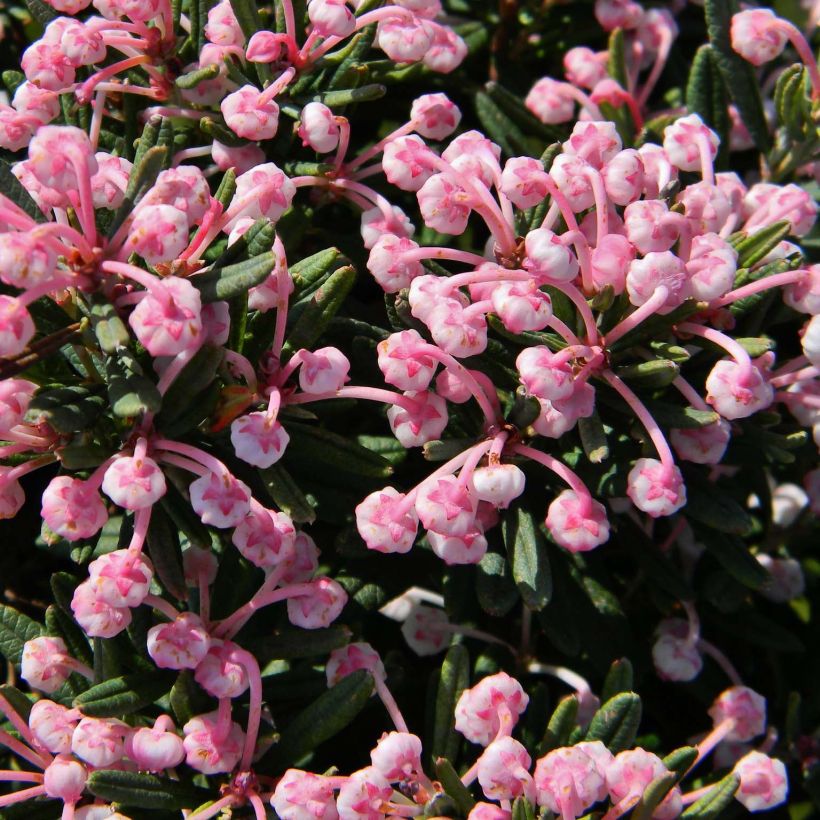

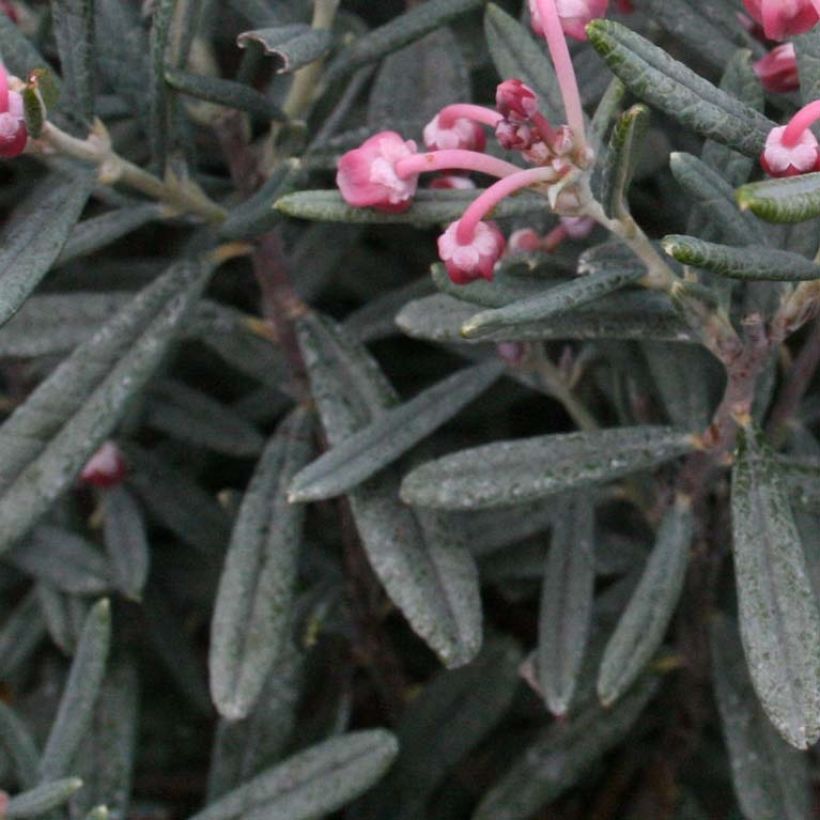

Plant habit
Flowering
Foliage
Botanical data
Andromeda
polifolia
Blue Lagoon
Ericaceae
Bog Rosemary, Marsh Andromeda, Marsh Holy Rose
Cultivar or hybrid
Other Shrubs A to Z
Planting and care
'Blue Lagoon' Andromeda is planted in autumn or spring in a mixture of 2/3 heath soil and 1/3 garden soil. Choose a bright or partially shaded site without scorching sun. Water abundantly and mulch with maritime pine bark to preserve freshness. Make sure it doesn't dry out the first year after planting. Apply a complete fertiliser every spring and add heath soil.
Planting period
Intended location
Care
-
, onOrder confirmed
Reply from on Promesse de fleurs
Evergreen shrubs
Haven't found what you were looking for?
Hardiness is the lowest winter temperature a plant can endure without suffering serious damage or even dying. However, hardiness is affected by location (a sheltered area, such as a patio), protection (winter cover) and soil type (hardiness is improved by well-drained soil).

Photo Sharing Terms & Conditions
In order to encourage gardeners to interact and share their experiences, Promesse de fleurs offers various media enabling content to be uploaded onto its Site - in particular via the ‘Photo sharing’ module.
The User agrees to refrain from:
- Posting any content that is illegal, prejudicial, insulting, racist, inciteful to hatred, revisionist, contrary to public decency, that infringes on privacy or on the privacy rights of third parties, in particular the publicity rights of persons and goods, intellectual property rights, or the right to privacy.
- Submitting content on behalf of a third party;
- Impersonate the identity of a third party and/or publish any personal information about a third party;
In general, the User undertakes to refrain from any unethical behaviour.
All Content (in particular text, comments, files, images, photos, videos, creative works, etc.), which may be subject to property or intellectual property rights, image or other private rights, shall remain the property of the User, subject to the limited rights granted by the terms of the licence granted by Promesse de fleurs as stated below. Users are at liberty to publish or not to publish such Content on the Site, notably via the ‘Photo Sharing’ facility, and accept that this Content shall be made public and freely accessible, notably on the Internet.
Users further acknowledge, undertake to have ,and guarantee that they hold all necessary rights and permissions to publish such material on the Site, in particular with regard to the legislation in force pertaining to any privacy, property, intellectual property, image, or contractual rights, or rights of any other nature. By publishing such Content on the Site, Users acknowledge accepting full liability as publishers of the Content within the meaning of the law, and grant Promesse de fleurs, free of charge, an inclusive, worldwide licence for the said Content for the entire duration of its publication, including all reproduction, representation, up/downloading, displaying, performing, transmission, and storage rights.
Users also grant permission for their name to be linked to the Content and accept that this link may not always be made available.
By engaging in posting material, Users consent to their Content becoming automatically accessible on the Internet, in particular on other sites and/or blogs and/or web pages of the Promesse de fleurs site, including in particular social pages and the Promesse de fleurs catalogue.
Users may secure the removal of entrusted content free of charge by issuing a simple request via our contact form.
The flowering period indicated on our website applies to countries and regions located in USDA zone 8 (France, the United Kingdom, Ireland, the Netherlands, etc.)
It will vary according to where you live:
- In zones 9 to 10 (Italy, Spain, Greece, etc.), flowering will occur about 2 to 4 weeks earlier.
- In zones 6 to 7 (Germany, Poland, Slovenia, and lower mountainous regions), flowering will be delayed by 2 to 3 weeks.
- In zone 5 (Central Europe, Scandinavia), blooming will be delayed by 3 to 5 weeks.
In temperate climates, pruning of spring-flowering shrubs (forsythia, spireas, etc.) should be done just after flowering.
Pruning of summer-flowering shrubs (Indian Lilac, Perovskia, etc.) can be done in winter or spring.
In cold regions as well as with frost-sensitive plants, avoid pruning too early when severe frosts may still occur.
The planting period indicated on our website applies to countries and regions located in USDA zone 8 (France, United Kingdom, Ireland, Netherlands).
It will vary according to where you live:
- In Mediterranean zones (Marseille, Madrid, Milan, etc.), autumn and winter are the best planting periods.
- In continental zones (Strasbourg, Munich, Vienna, etc.), delay planting by 2 to 3 weeks in spring and bring it forward by 2 to 4 weeks in autumn.
- In mountainous regions (the Alps, Pyrenees, Carpathians, etc.), it is best to plant in late spring (May-June) or late summer (August-September).
The harvesting period indicated on our website applies to countries and regions in USDA zone 8 (France, England, Ireland, the Netherlands).
In colder areas (Scandinavia, Poland, Austria...) fruit and vegetable harvests are likely to be delayed by 3-4 weeks.
In warmer areas (Italy, Spain, Greece, etc.), harvesting will probably take place earlier, depending on weather conditions.
The sowing periods indicated on our website apply to countries and regions within USDA Zone 8 (France, UK, Ireland, Netherlands).
In colder areas (Scandinavia, Poland, Austria...), delay any outdoor sowing by 3-4 weeks, or sow under glass.
In warmer climes (Italy, Spain, Greece, etc.), bring outdoor sowing forward by a few weeks.

































